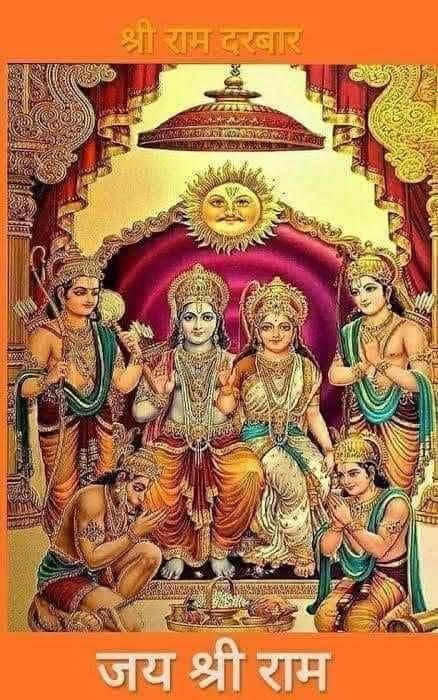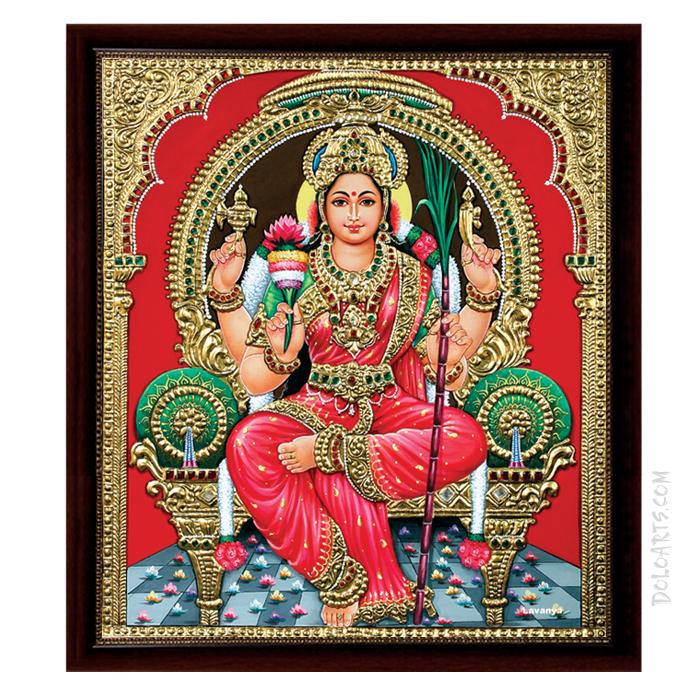Those who worship Lord Shiva are Shaivas.


Many of us are aware of Shaivas as only from the South, especially from Tamil Nadu, Shaiva Siddhanta and Lingayats of Karnataka.
The Shaiva Siddanta, though closely related to the Vedas and Advaita(this is a contentious issue), considers themselves to be independent of the Vedas.
The system of Philosophy is reported to have been revealed by Lord Shiva and in some references by Sage Agasthya, in the South, by Siddhs in the North, Kashmir.
It is intriguing to note that the reference to Shaivism and in the deep down south and the extreme north of India.
The Kashmiri Shaivism is reported to have been founded by Lord Shiva Himself.
The 77 sutras of Shiva were revealed to Vasugupta by Shiva.

One myth is that he received the aphorisms in a dream visitation of a Siddha or semi-divine being.
Another is that Lord Shiva came to him in a dream and instructed him to go to a certain rock on which he would find the teachings inscribed.
This rock called Shankaropala is still visited by devotees.
The other theory is that Lord Shiva taught the Siva-Sutras to Vasugupta in a dream.
Whatever the truth is these myths point to the traditions belief that the Shiva sutras are of divine origin or revelation and are not considered the product of the human mind.
Shiva Sutras also speaks on the mysticism of Sanskrit words.
Each verse consists of a group of basic Sanskrit phonemes (i.e. open syllables consisting either of initial vowels or of consonants followed by the basic vowel “a”) followed by a single ‘dummy letter’ or anubandha, conventionally rendered by capital letters in Roman transliteration.
This allows Pāṇini to refer to groups of phonemes with pratyāhāras, which consist of a phoneme-letter and an anubandha (and often the vowel a to aid pronunciation) and signify all of the intervening phonemes Pratyāhāras are thus single syllables, but they can be declined (see Aṣṭādhyāyī 6.1.77 below).
Hence aL refers to all phonemes (because it consists of the first phoneme a and the last anubandha L); aC refers to vowels (i.e., all of the phonemes before the anubandha C: a i u ṛ ḷ e o ai au); haL to consonants, and so on.
Note that some pratyāhāras are ambiguous. The anubandha Ṇ occurs twice in the list, which means that you can assign two different meanings to pratyāhāra aṆ (including or excluding ṛ, etc.); in fact, both of these meanings are used in the Aṣṭādhyāyī. On the other hand, the pratyāhāra haL is always used in the meaning “all consonants”—Pāṇini never uses pratyāhāras to refer to sets consisting of a single phoneme.
From these 14 verses, a total of 281 pratyāhāras can be formed: 14*3 + 13*2 + 12*2 + 11*2 + 10*4 + 9*1 + 8*5 + 7*2 + 6*3 * 5*5 + 4*8 + 3*2 + 2*3 +1*1, minus 14 (as Pāṇini does not use single element pratyāhāras) minus 10 (as there are 10 duplicate sets due to h appearing twice); the second multiplier in each term represents the number of phonemes in each.
But Pāṇini uses only 41 (with a 42nd introduced by later grammarians, raṆ=r l) pratyāhāras in the Aṣṭādhyāyī.
The Shiva Sutras put phonemes with a similar manner of articulation together (so sibilants in 13 śa ṣa sa R, nasals in 7 ñ m ṅ ṇ n M).
Economy (Sanskrit: lāghava) is a major principle of their organization, and it is debated whether Pāṇini deliberately encoded phonological patterns in them (as they were treated in traditional phonetic texts calledPrātiśakyas) or simply grouped together phonemes which he needed to refer to in the Aṣṭādhyāyī and which only secondarily reflect phonological patterns (as argued by Paul Kiparsky and Wiebke Petersen, for example).
Pāṇini does not use the Shiva Sutras to refer to homorganic stops (stop consonants produced at the same place of articulation), but rather the anubandha U: to refer to the palatals c ch j jh he uses cU.
As an example, consider Aṣṭādhyāyī 6.1.77: iKo yaṆ aCi:
- iK means i u ṛ ḷ,
- iKo is iK in the genitive case, so it means ‘ in place of i u ṛ ḷ;
- yaṆ means the semivowels y v r l and is in the nominative, so iKo yaṆ means: y v r l replace i u ṛ ḷ.
- aC means all vowels, as noted above
- aCi is in the locative case, so it means before any vowel.
http://en.wikipedia.org/wiki/Shiva_Sutras
Shiva Sutra Text and Translation










Leave a comment